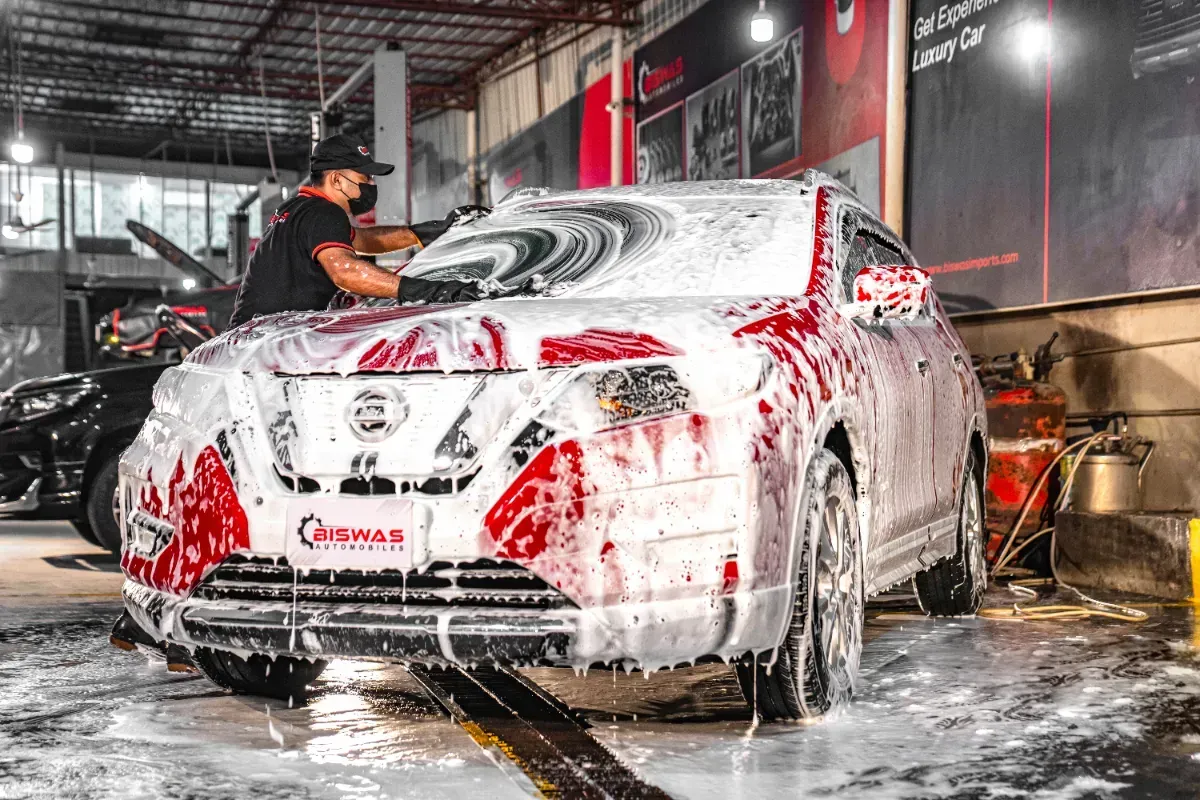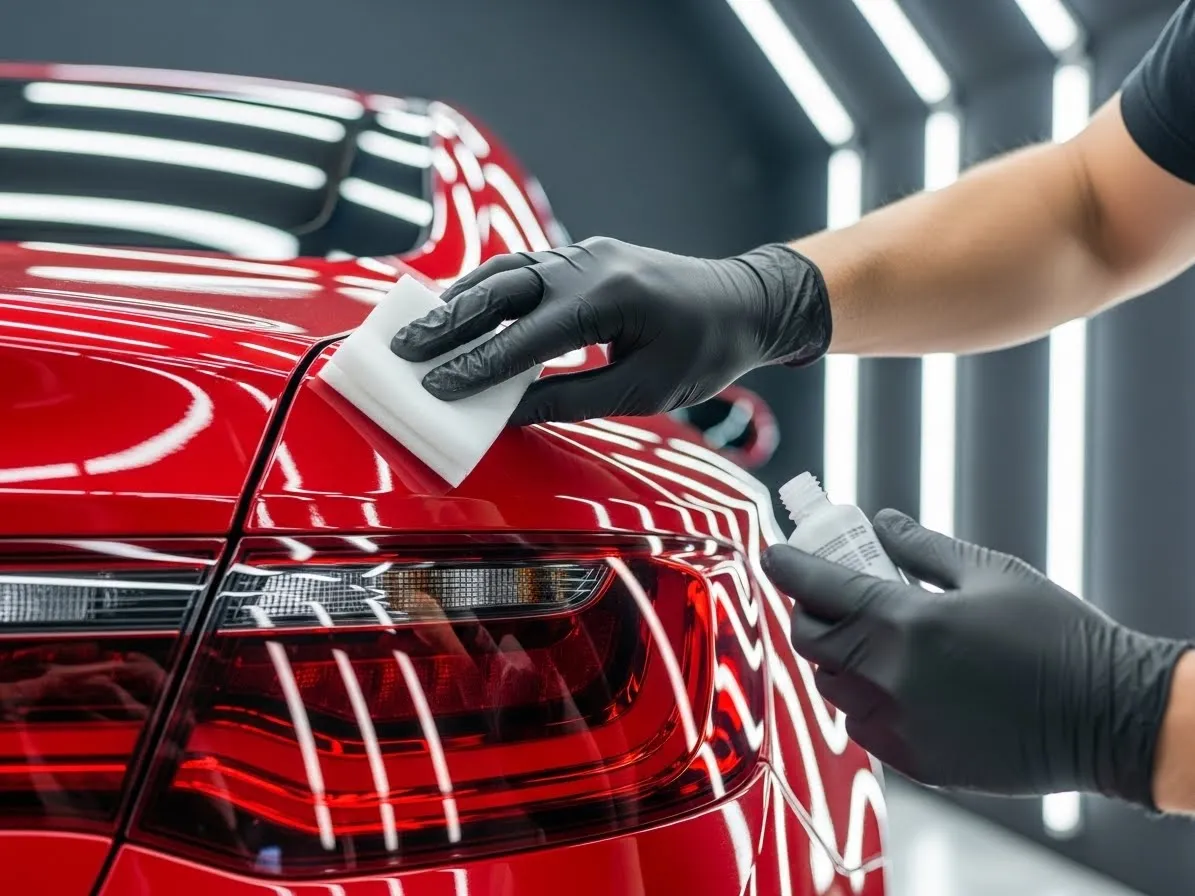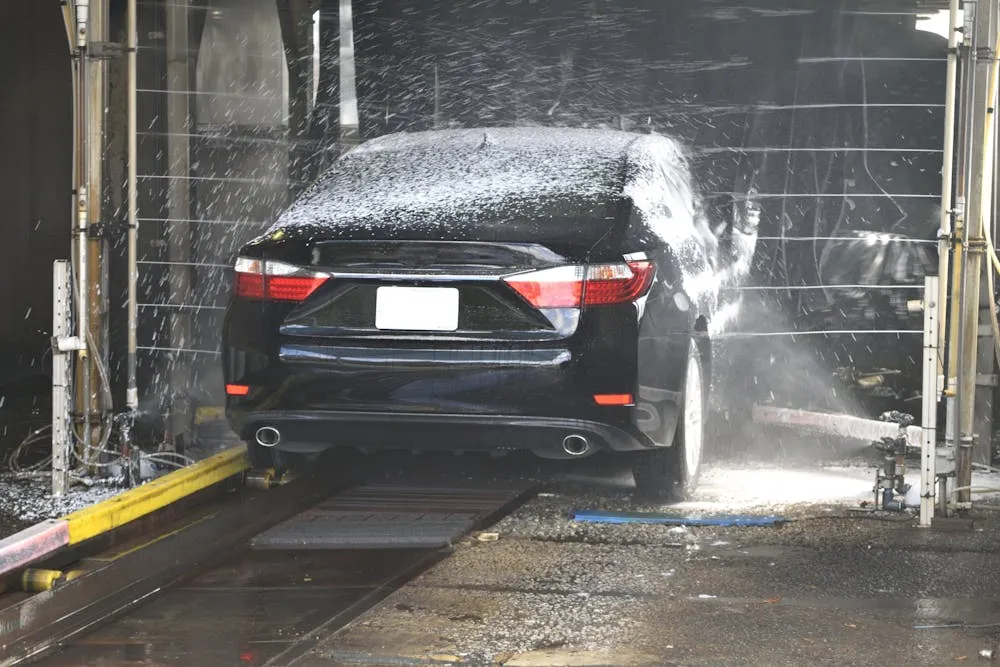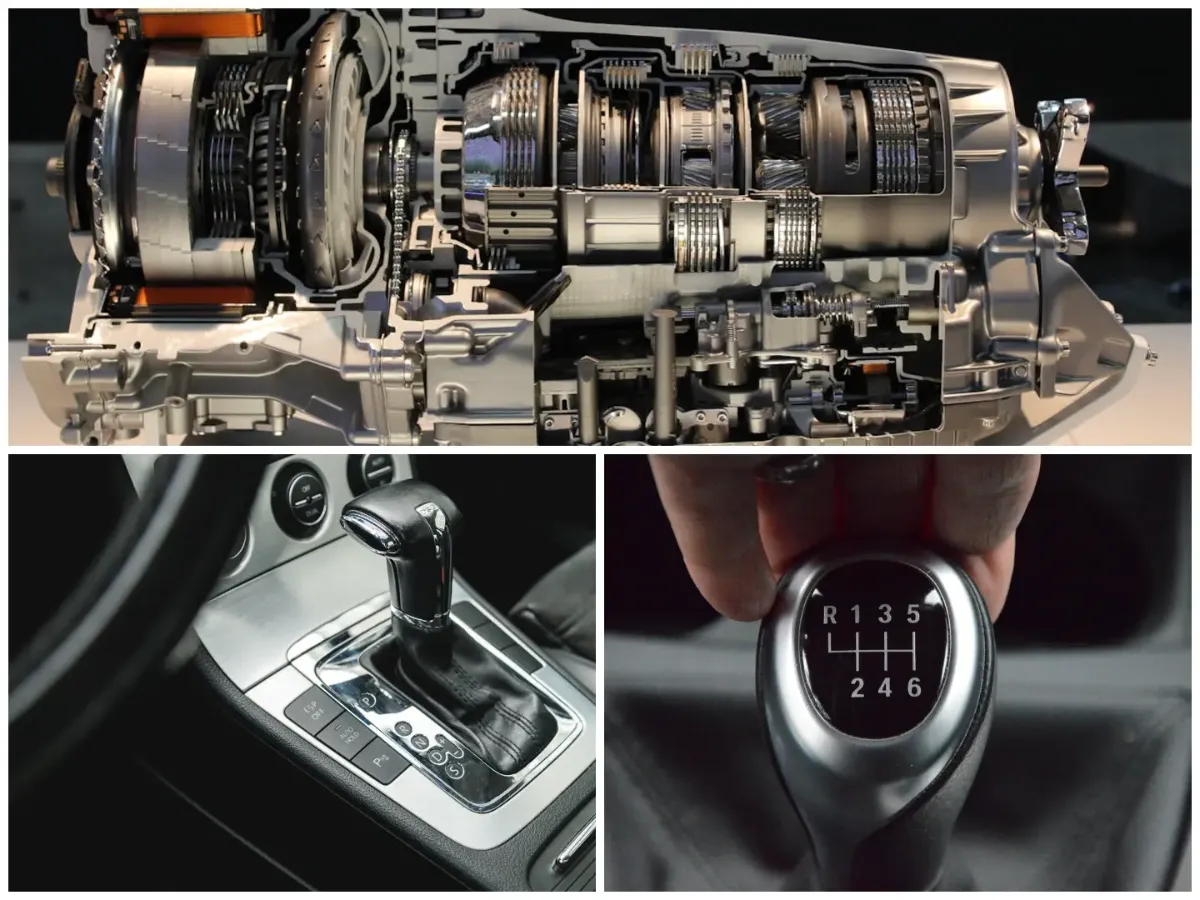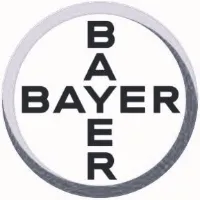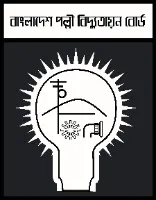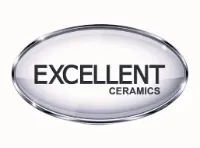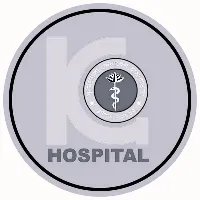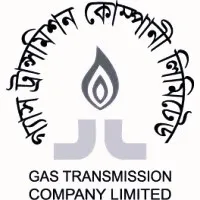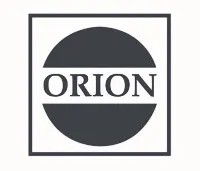`
Why Periodic Maintenance Matters for Every Car Owner
Periodic car maintenance is not just a routine, it is a safeguard for your vehicle. Skipping regular service may seem harmless at first, but small issues often grow into expensive repairs when ignored.
Simple check-ups like oil changes, tire inspections, and fluid refills protect critical parts of your car. These steps improve fuel efficiency, keep performance steady, and reduce the risk of sudden breakdowns.
Regular service also plays a major role in safety. A well-maintained car responds better on the road, giving you peace of mind every time you drive.
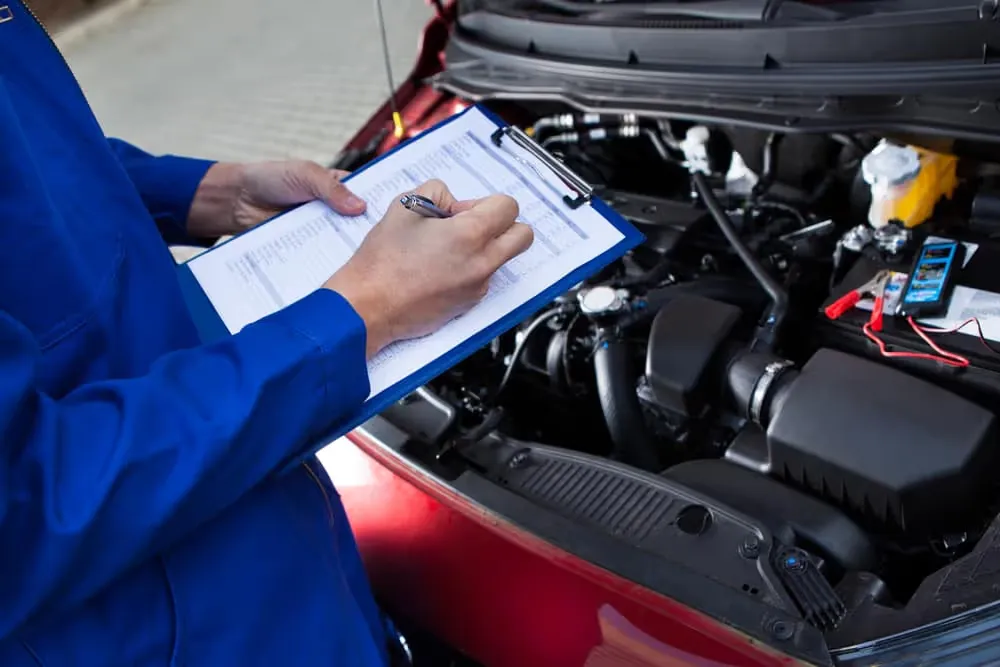
What is Periodic Service?
Periodic service, often called PMS in car service, means following a scheduled plan to keep your vehicle in good condition. It includes tasks like oil changes, brake checks, and filter replacements done at set mileage or time intervals.
This is different from a general check-up of a car, which is usually a quick inspection. Periodic maintenance goes deeper, ensuring each system is tested, cleaned, or replaced as needed to avoid long-term issues.
Unlike emergency repairs that happen after a breakdown, periodic service is preventive. It reduces the chance of sudden failures, saves money on major fixes, and keeps your car running smoothly and safely.
Key Benefits of Periodic Maintenance Service
Periodic maintenance service is more than just ticking off a checklist. It directly affects how well your car performs and how long it lasts. One major benefit is better fuel efficiency. Clean filters, proper tire pressure, and fresh oil reduce strain on the engine, helping you spend less on fuel.
Another key advantage is longer engine and transmission life. Regular service prevents wear and tear, keeps fluids at the right levels, and protects expensive parts from early damage. This means fewer costly repairs in the long run.
Maintenance also boosts your car’s resale value. Buyers look for well-kept vehicles, and service records prove reliability. Most importantly, regular checks make driving safer, reducing risks of brake failure, tire blowouts, or sudden breakdowns.
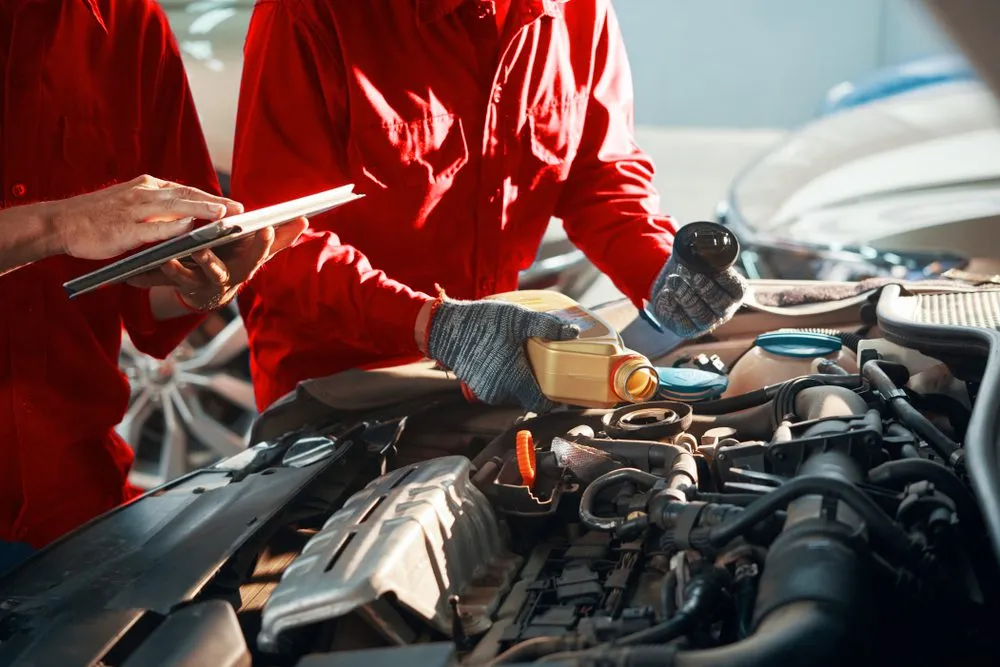
Best Practices for Periodic Car Maintenance
Periodic maintenance keeps your car reliable, efficient, and safe. By following a structured checklist, you prevent small problems from turning into costly repairs. Each system in your vehicle needs attention at set intervals, whether it’s the engine, brakes, or even wiper blades. Below are key practices that every car owner should follow.
Engine Oil & Filter Change
Oil lubricates the engine, reduces friction, and prevents overheating. Over time, it breaks down and collects dirt. That’s why it should be changed every 5,000–7,500 km, depending on your car and oil type. The filter also traps harmful debris and needs replacement. Skipping this step risks engine wear and costly damage. Always use manufacturer-recommended oil.
Brake Inspection & Brake Fluid Check
Brakes are critical for safety, and their performance declines with worn pads or low brake fluid. Pads usually need replacement every 25,000–50,000 km, depending on driving habits. Brake fluid absorbs moisture, which reduces braking efficiency. Inspect pads, rotors, and fluid at least once a year. If the pedal feels soft or spongy, service your brakes immediately.
Tire Pressure & Rotation
Proper tire pressure ensures fuel efficiency, even wear, and safe handling. Check pressures monthly with a gauge and adjust to manufacturer recommendations. Tires should also be rotated every 8,000–10,000 km to balance tread wear across all wheels. Neglecting rotation leads to uneven wear, reduced grip, and early replacements. Don’t forget to inspect the spare tire too.
Battery Health Test
A weak or corroded battery can leave you stranded without warning. Test your battery at least twice a year, especially before summer and winter. Look for corrosion on terminals, cracks, or slow engine cranking. Batteries usually last 3–5 years, but extreme weather shortens their life. Clean terminals regularly and replace the unit if voltage falls below 12.4V.
Coolant & Radiator Maintenance
Coolant prevents overheating by regulating engine temperature. Check the coolant level monthly and top it off if it’s low. Radiators should be flushed and refilled every 2–3 years to remove rust and deposits. Overheating often signals low coolant, a faulty radiator cap, or leaks. Never open the cap when the engine is hot—wait until it cools down.
Transmission Fluid Check
Transmission fluid lubricates gears and keeps shifting smooth. Low or dirty fluid can cause slipping, hard shifts, or overheating. Check the fluid every 20,000–40,000 km, depending on your car model. Look for a clean, reddish color—dark or burnt-smelling fluid needs replacement. Automatic transmissions are more sensitive, so follow manufacturer schedules closely. Don’t ignore warning lights.
Air Filter & Cabin Filter Replacement
The engine air filter keeps dirt from entering the engine, while the cabin filter cleans air for passengers. A clogged air filter reduces fuel efficiency and power, while a dirty cabin filter affects AC performance and airflow. Replace air filters every 15,000–20,000 km and cabin filters annually. These are affordable fixes that greatly improve comfort and efficiency.
Spark Plugs & Ignition System
Spark plugs ignite the air-fuel mixture inside the engine. Worn plugs cause poor mileage, rough idling, and difficulty starting. Replace them every 30,000–50,000 km, depending on type. Ignition coils and wires should also be inspected for wear. Using the right plugs recommended by your manufacturer ensures efficient combustion, better power, and smoother operation for your car.
Suspension & Steering Check
The suspension system absorbs shocks and ensures stable handling. Worn shocks or struts make the ride bumpy and unsafe. Steering issues like stiff or loose handling often mean fluid leaks or worn components. Inspect the suspension every 20,000 km or sooner if you notice uneven tire wear or knocking sounds. Proper maintenance improves comfort and road safety.
Lights & Electrical System
Lights are vital for visibility and communication with other drivers. Check all headlights, brake lights, turn signals, and dashboard warning indicators monthly. Replace burnt-out bulbs immediately and test electrical connections for corrosion. If lights flicker, it may indicate alternator or wiring problems. A well-functioning electrical system ensures safe driving and keeps critical warning systems reliable at all times.
Air Conditioning System Check
Your AC system should blow cold air consistently. If it doesn’t, refrigerant may be low, the compressor faulty, or the cabin filter clogged. Have the AC inspected annually, especially before summer. Proper maintenance also prevents foul odors from mold buildup. Recharging refrigerant and cleaning filters ensures comfort, prevents strain on the system, and avoids expensive repairs later on.
Exhaust & Emission System
The exhaust system controls emissions and reduces noise. A damaged system may cause louder sounds, reduced fuel efficiency, or harmful emissions. Check for leaks, rust, or unusual smoke colors. Modern cars use sensors and catalytic converters that require inspection during periodic service. Addressing exhaust issues quickly helps you stay compliant with regulations and avoid major engine damage.
Wheel Alignment & Balancing
Misaligned wheels cause uneven tire wear, poor handling, and lower fuel efficiency. If your car pulls to one side, it’s time for alignment. Wheel balancing prevents vibrations at high speeds and ensures tires wear evenly. Both should be checked every 10,000 km or after hitting potholes. Proper alignment extends tire life and improves overall driving stability.
Wiper Blades & Washer Fluid
Clear visibility is essential for safe driving. Wiper blades wear out within a year, especially in hot or rainy climates. Replace them if they leave streaks or squeak. Keep washer fluid filled and test the spray nozzles regularly. Don’t use plain water as it encourages bacterial growth. Functional wipers and washers are small but crucial for road safety.
Belts & Hoses Inspection
Belts and hoses keep critical systems running, such as the alternator, power steering, and cooling system. Over time, they crack, fray, or lose tension. Inspect them every 20,000 km and replace if worn. A broken belt can stop your engine suddenly, while a burst hose can cause overheating. Preventive replacement avoids breakdowns and expensive roadside emergencies.
Fuel System Cleaning
Deposits build up in fuel injectors and reduce efficiency. Cleaning the fuel system every 25,000–30,000 km keeps the engine running smoothly. Use quality fuel and consider injector cleaners for added protection. If you notice rough idling, misfires, or poor mileage, the system likely needs servicing. Keeping the fuel system clean ensures optimal performance and longer engine life.
Hybrid & Electric System Check (if applicable)
Hybrid and electric cars need specialized care. Battery health, charging systems, and cooling circuits should be inspected during periodic service. Software updates may also be required for smooth operation. Never ignore dashboard indicators. Have a trained technician handle these systems, as they require advanced tools and expertise. Regular maintenance ensures safety, efficiency, and longer battery life for EVs.
General Cleaning & Rust Prevention
Cleaning isn’t just cosmetic—it protects your car’s body and undercarriage. Road salt, dirt, and moisture can cause rust, which spreads quickly if ignored. Wash your car regularly, wax the paint, and inspect the underbody for corrosion. Apply rust-proofing treatments if needed. Clean interiors also prevent mold and odors. Regular cleaning preserves both appearance and long-term value.
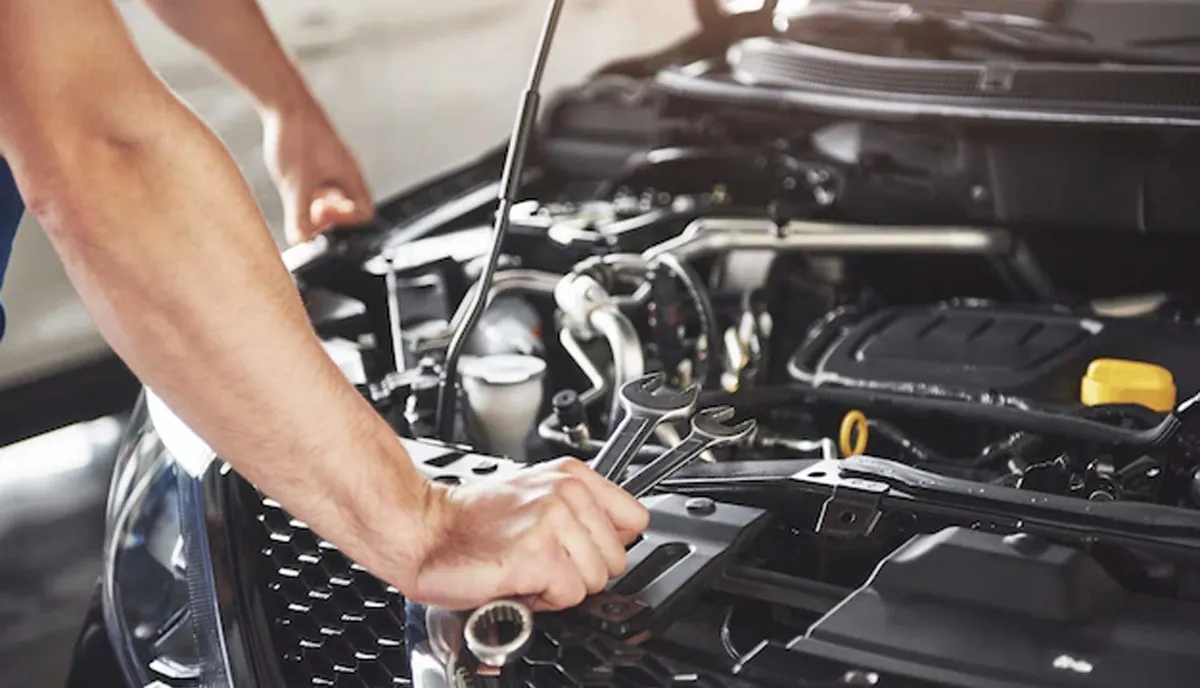
Car Maintenance Checklist for Owners
A car service checklist helps you track what needs attention and when. New cars can follow the manufacturer’s service intervals, while older vehicles often require more frequent checks. Use this as a quick reference to stay ahead of problems and extend the life of your car.
Quick Reference Checklist
- Every Month
- Check engine oil level
- Inspect tire pressure and tread wear
- Test lights and signals
- Top up windshield washer fluid
- Every 6 Months or 5,000–7,500 km
- Change engine oil and filter
- Rotate tires
- Inspect brakes and fluid
- Test battery health
- Clean interior air filter
- Every 12 Months or 10,000–15,000 km
- Replace cabin filter
- Inspect suspension and steering
- Check coolant level and radiator
- Test AC performance
- Inspect belts and hoses
- Every 24 Months or 30,000 km
- Replace transmission fluid (as recommended)
- Change spark plugs (if required)
- Flush coolant system
- Inspect exhaust and emission systems
- Older Vehicles (5+ Years)
- Shorten oil change interval
- Inspect for rust and leaks more often
- Test alternator and starter yearly
- Consider preventive replacements (belts, hoses, sensors)
Signs You Shouldn’t Wait for Your Next PMS
Periodic maintenance service (PMS) follows a set schedule, but sometimes your car gives warning signs that you need attention sooner. Ignoring them can turn small issues into major repairs.
One of the clearest signs is dashboard warning lights. Whether it’s the check engine, brake, or oil pressure light, these alerts shouldn’t be ignored.
Strange noises or smells are another red flag. Grinding brakes, burning odors, or rattling under the hood often point to problems that won’t fix themselves.
Handling issues, like pulling to one side, stiff steering, or unusual vibrations, also mean your car needs an immediate check-up.
Acting quickly keeps you safe, saves money, and prevents breakdowns.
How Often Should You Do Periodic Maintenance?
The best place to start is always your manufacturer’s recommendations. Every car brand provides a maintenance schedule designed for that specific model. Following it ensures your vehicle gets the right care at the right time.
As a general rule of thumb, periodic maintenance should be done every 6 months or 5,000–7,500 km, whichever comes first. This covers basic services like oil changes, tire rotations, and brake inspections.
Driving conditions also matter. City traffic, frequent short trips, or extreme weather may require more frequent checks. Luxury car servicing often involves shorter intervals to protect sensitive systems. Long-distance drivers may extend some services but should still monitor fluids and wear closely.
A custom schedule, based on your driving style, helps balance cost, safety, and long-term reliability.
Where to Get Trusted Periodic Maintenance in Dhaka
For the best car service center in Bangladesh, Biswas Automobiles stands out as a trusted choice. Since 2015, we’ve been providing premium periodic maintenance and repair services, helping car owners keep their vehicles in top condition.
Our workshop is equipped with advanced diagnostic tools and an expert team trained to handle all types of vehicles — from daily drivers to hybrid and luxury cars. Whether you need a quick general check-up of your car or a full periodic service, we deliver reliable results every time.
We are committed to honest pricing, genuine parts, and round-the-clock support, including 24/7 towing services. That’s why many customers consider Biswas Automobiles the best car service center in Bangladesh for complete vehicle care.
Ka-60, Soudi Mosjid Road, Nodda, Dhaka 1212
+8801742700300 | [email protected]
Take Care of Your Car Before Problems Grow
Delaying periodic maintenance often leads to bigger, more expensive repairs. Small issues like low fluids, worn brakes, or weak batteries can quickly turn into breakdowns if ignored. A simple general check-up today can prevent that.
By staying ahead of your car’s maintenance schedule, you drive safer, save money, and extend the life of your vehicle. Whether it’s a new car or an older model, consistent care makes all the difference.
Book your service with Biswas Automobiles now and keep your car running at peak condition.
`


